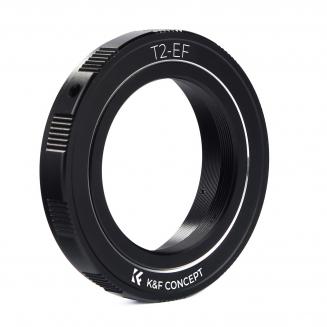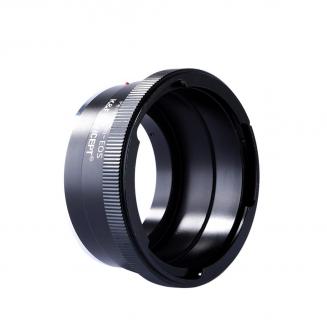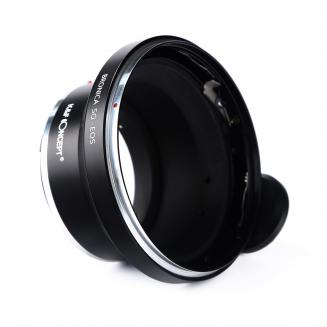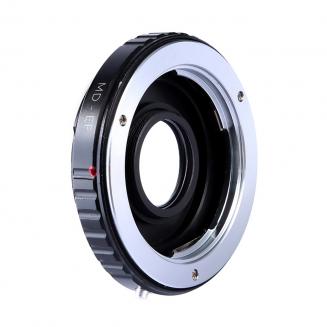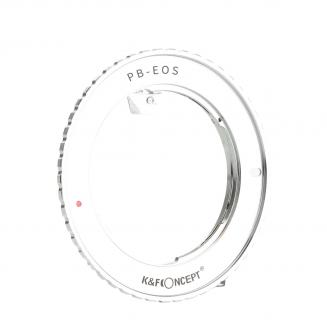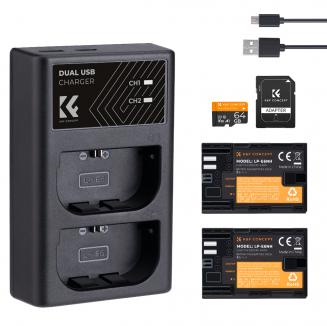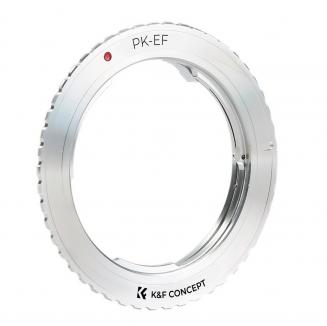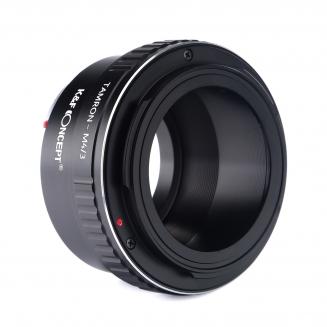Related Blog
Autofocus Lens Adapter For 5d Mark Ii
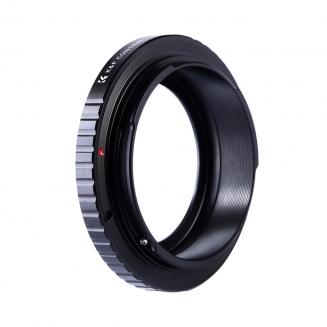
Tamron Adaptall 2 Lenses to Canon EF Lens Mount Adapter K&F Concept M23131 Lens Adapter
$26.99
Save Instantly
Add to Cart
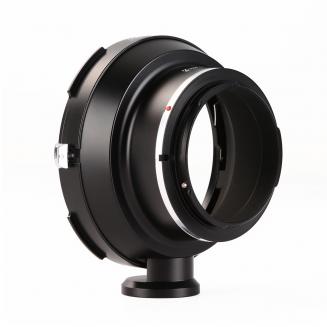
Pentax 67 Lenses to Canon EF Lens Mount Adapter with tripod mount K&F Concept M34131 Lens Adapter
$54.99
Save Instantly
Add to Cart
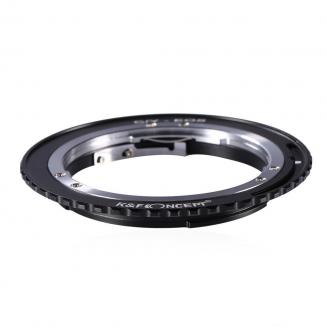
Contax Yashica Lenses to Canon EF Lens Mount Adapter K&F Concept M14131 Lens Adapter
$29.99
Save Instantly
Add to Cart
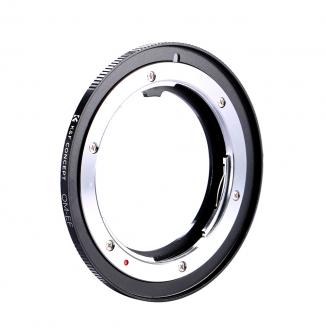
Olympus OM Lenses to Canon EF Lens Mount Adapter K&F Concept M16131 Lens Adapter
$19.99
Save Instantly
Add to Cart
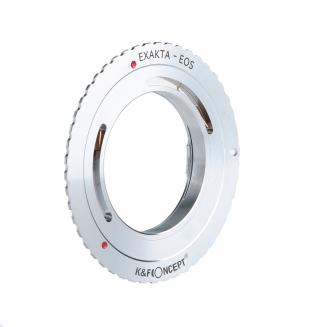
Exakta Lenses to Canon EF Lens Mount Adapter K&F Concept M29131 Lens Adapter
$27.59
Save Instantly
Add to Cart
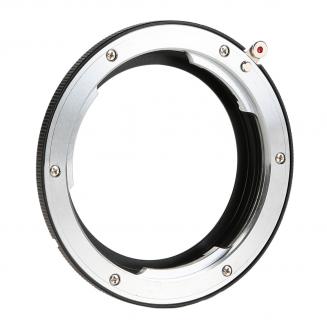
Leica R Lenses to Canon EF Lens Mount Adapter K&F Concept M40131 Lens Adapter
$29.99
Save Instantly
Add to Cart
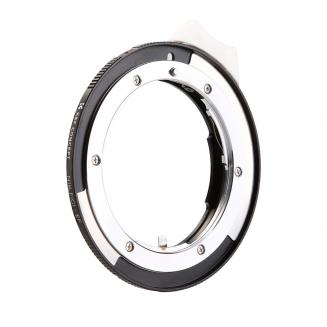
Nikon G Lenses to Canon EF Lens Mount Adapter K&F Concept M18131 Lens Adapter
$29.99
Save Instantly
Add to Cart

Hasselblad HB Lens to Canon EF Lens Mount Adapter K&F Concept M32131 Lens Adapter
$54.99
Save Instantly
Add to Cart
Related Reviews
Game changer for Canon - and you
I have been photographing weddings for over 15 years now. I shot my first weddings with an EOS 40D. Then I upgraded to a 5D Mark II, and then a 5D Mark III.Over the years, a number of my peers switched to mirrorless systems, opting for Olympus, or more recently Sony. I resisted. Partially it was because my then current cameras were working fine, partially because of the lessened durability of mirrorless bodies (regarding resistance to the elements, etc.), and partially because I didn't want to dump my investment in Canon glass and switch to a different system.It's 100% fair to say that Canon really dragged their feet when it came to taking the mirrorless camera format seriously. But then they released the R series, and while promising cameras, they weren't quite there yet, in my opinion, for the demands of wedding photography.That all changed with the release of the R5/R6. I don't feel like I'm exaggerating when I say that Canon produced class-leading cameras with this line. Is/was the reigning mirrorless champ, Sony, still better at a few things? Sure, but the R5/R6 are also objectively better than any Sony camera in some other areas.Suddenly Canon was in the game and looking to win it.I bought an R6 in February of 2022. I debated briefly between the R5 and R6, but ultimately 45mp is overkill for weddings and I wasn't keen on the more expensive memory card. While I initially had my concerns about "only" 20mp in the R6, in practical use, I haven't found it to be an issue.Shooting with the R6 was like a revelation after coming from the 5D Mark III. Don't get me wrong, I still absolutely love my 5Ds, but the R6 just steps out of your way while you're shooting. Want to compose in camera? No worries. You have, for all practical purposes, 100% coverage of the autofocus. Want to manually adjust all of your settings on the fly? No problem. With three customizable dials, you can put aperture, shutter speed and ISO at your fingertips. You can also enable real time exposure simulation, so you're spending less time chimping the back of your screen. Want to shoot in low light? We got you. I've gone as high as 12,800 ISO and gotten fully usable, deliverable images from the R6.Is the camera perfect? Nope. Not even close. Absolutely no camera will ever be perfect. For example, while the autofocus is great, I've found that it seems a tad less accurate with vertical shooting than horizontal when using some of my lenses (lenses that I had no problems getting sharp vertical shots on my 5D Mark III). It's pretty hungry for batteries (although you can disable a lot of unnecessary settings that like to chew up battery life). While weather "resistant" (whatever that means), it's not as weather protected as either of my 5Ds.Even so, for it's few shortcomings, I loved the R6 so much that I really didn't want to use my 5D Mark III as my second / backup camera anymore, and I purchased a second R6 in July of 2022.Now that the prices is dropping due to the release of the R6 Mark II, I think this camera is even more of a bargain. While some of the features of the Mark II sound nice, I feel like this original R6 will still be a powerhouse camera for any still photographer (videographer might want to consider the Mark II, however). And I don't see any reason why some of the new autofocus detection features of the Mark II couldn't be ported over to this camera with a firmware upgrade.Canon may have taken their sweet time getting seriously into the mirrorless market, but now that they are here, the market is theirs to dominate.
28/11/2022
Works great on my 5d mark III
Quality lens for the money. Works great on my 5d mark III.
24/09/2022
works perfectly for my Canon 5d Mark ii when coupl
works perfectly for my Canon 5d Mark ii when coupled with the Celestron 93635-A T-Adaptor. Attaches camera directly to telescope.
11/03/2022
Favorite Lens!
I use this lens at all of my weddings. Excellent wide view, especially on the Canon 5D mark ii. I highly recommend this lens!
20/01/2022
Just What I Expected - Canon RF-3 Body Cap for EOS
I bought this body cap for my Canon 5D Mark II after losing the original. It's just like how it was described on Amazon and just what I expected. It fits perfectly and now I don't have to worry about dirt and dust entering my camera when I'm changing or cleaning my lens.
12/01/2022
Good product
Have been using it for almost a month for my canon 5d mark ii, it does fit perfectly and the screw threads seem to be of good quality. Good work from the manufacturer for this adapter
13/06/2021
Discreetly Fits Canon 5D Mark III + 2 lenses + ext
Surprisingly fits my Canon 5D Mark III , with 24 - 105mm Lens mounted. The fits is just right so not too loose/ tight. Took a while to figure out proper velcro separator configuration, but I set it up so it works good.Holds my Sigma 50mm in the top pocket, along with extra battery , lens caps and a lend hood for each lens. Plus holds my Sony RX100 back up & 2 filters & cleaning kit.Pretty easy to sling around and open it for quick access.
02/04/2021
Quality Image, but not auto-focus
Disappointing that the auto-focus does not work using a Canon 5D Mark II. I would honestly get much more use out of it if Canon would extend this ability to more of the pro line than just the 1D. Image quality is very good though and it's nice to double the zoom with my existing lenses.
14/03/2021
Related Faq
Q
Can the aperture be controlled on my Canon EF 35mm f/1.4L II USM Lens?
A
KF06.466 is an automatic adapter,achieving autofocus, aperture control, EXIF information transmission, lens anti-shake and other functions.
Q
Will this be compatible with a cannon eos 7 mark ii
A
Yes this tripod is compatible been using my eos 7 mark ii for months now and is great hope this helps
Q
Does the autofocus work with the Nikon lens on the Canon camera?
A
This adapter is non-electronic and so will not enable electronic communication between lens and camera, so no autofocus.
Q
Trying to use with my canon 50 mm 1.8 but it won’t focus? Does this not work with this lens?
A
yeah, this is just a basic adapter... you need to get a metabones adapter if you want the lens to "talk" to the camera ($650).... that's the whole point of the metabones
Q
Is it compatible with a7 ii or a7r ii? another brand differentiates the original and second models of a7x cameras?
A
It works well on both.
Related Video
K&F CONCEPT ND FILTER on SONY A7S II | Honest review
UNBOXING k&f concept lens adapter + Minolta X 700!
New design lens adapter series from K&F Concept
Related Feature
Canon 5d Mark Ii Fd Lens Adapter
Canon 5d Mark Ii Compact Flash Adapter
Camera Adapter Ipad Canon 5d Mark Ii
Canon 5d Mark Ii Sd Card Adapter
Lens Mounts For 5d Mark 2
Best Lens Adapter For 5d Mark 4
Lens Adapter For Canon 5d Mark Iii
Canon 5d Mark 2 Lens Mount
Canon R6 Mark Ii Adapter
Canon Ef To Rp Adapter

